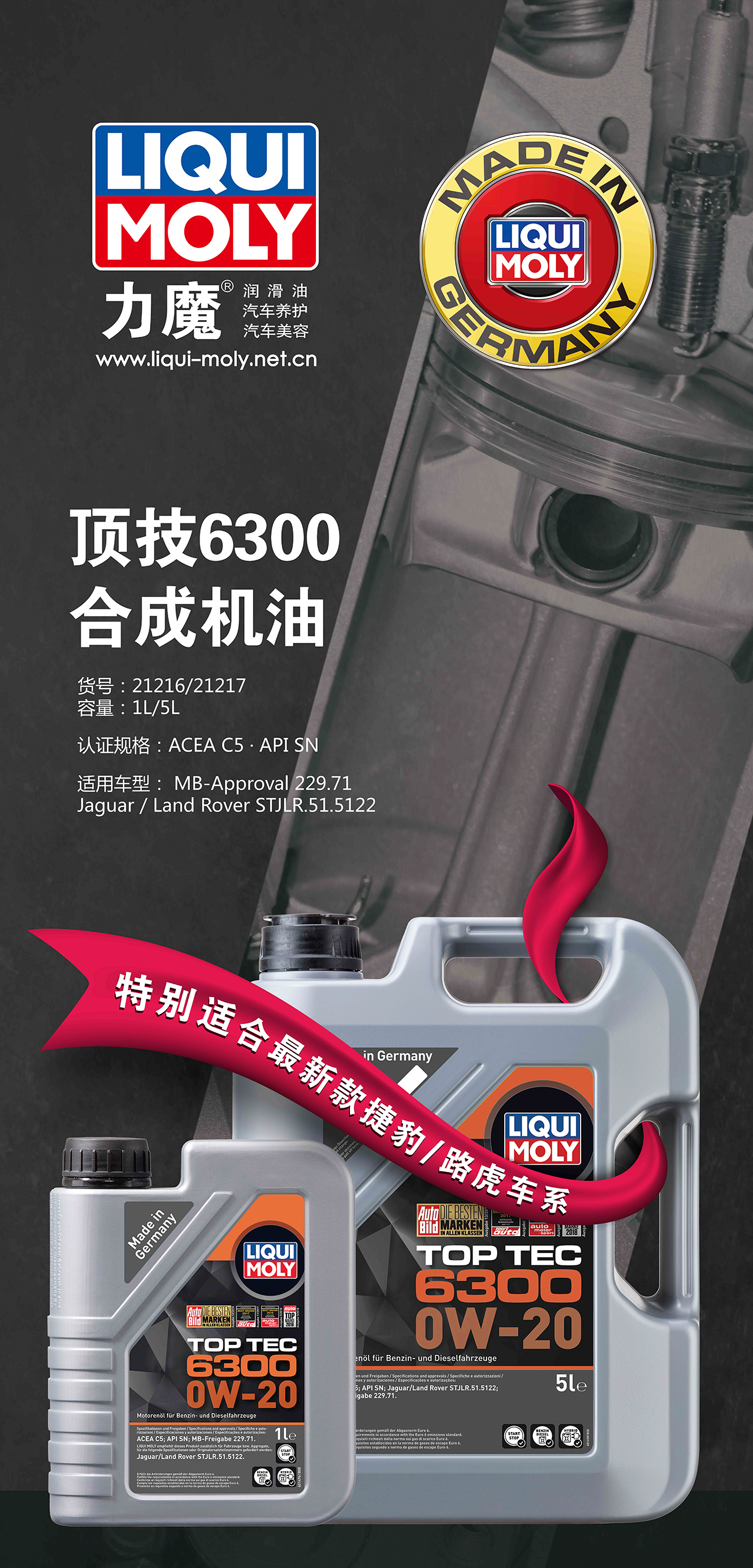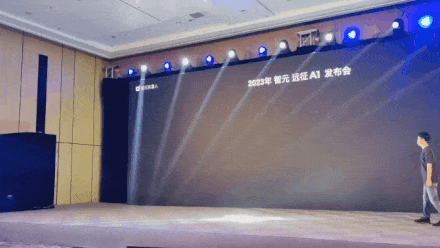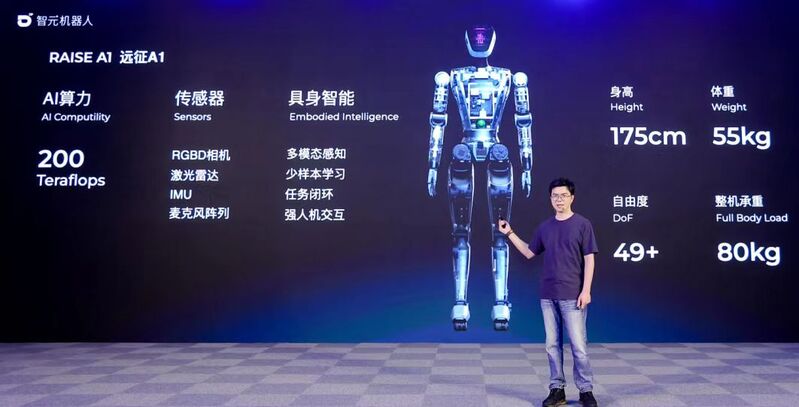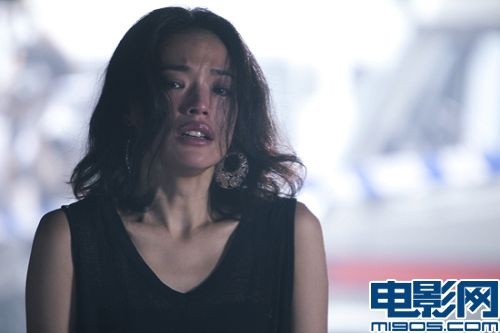At 8 o’clock every day, CCTV will sort out the big and small things that happened around us within 24 hours.
[Focus]
● According to the official WeChat news of the Emergency Management Department, there will be heavy rainfall in Guizhou, Guangxi and other places from July 7 to 15, and some small and medium-sized rivers in the rainstorm areas in Guizhou and Hunan may have major floods.
● Guangxi recruited 1,515 retired teachers from all over the country to teach in rural areas, with a subsidy of 30,000 per academic year.
● On July 6th, Beijing time, at the 43rd World Heritage Conference held in Baku, Azerbaijan, the site of Liangzhu Ancient City was approved to be included in the World Heritage List. The total number of world heritage sites in China has reached 55.
● Under the coordination of the China Embassy in Vietnam, the Vietnamese police handed over a fugitive suspect, Liu, to the Chinese side. Liu and others were suspected of illegally absorbing deposits of 1.8 billion yuan.
● The Propaganda Department of Shenze County Committee of Hebei Province issued a notice saying that the problem of falsely reporting the number of toilets in the village was true. Liu Moumou, the person in charge of toilet renovation in Shenze County, was suspected of cooperating with Wu Moumou, the village cadre, to collect funds, and the amount and destination of the funds were under investigation.
● According to the Shandong Provincial Commission for Discipline Inspection, Liu Zhenxue, deputy secretary and deputy director of the Party Group of Zaozhuang Municipal People’s Congress Standing Committee and chairman of the Municipal Federation of Trade Unions, is suspected of serious violation of the law and is currently undergoing disciplinary review and supervision investigation.
● The People’s Procuratorate of Yuhua District of Shijiazhuang City has approved the arrest of Yang Zhuoshu, the actual controller of Zhuo Da Group, and Yang Hanqing, the CEO of Zhuo Da Group, the suspects suspected of illegally absorbing public deposits.
● Recently, Xu Chengbin, an associate professor of Jilin University of Engineering and Technology, was suspected of plagiarizing other people’s papers, which caused social concern. Jilin University of Engineering and Technology responded on the 6 th that the academic Committee of the school had started the investigation procedure.
● On the 6th, the Propaganda Department of Suzhou University confirmed that Yang Xiangjun, the vice president of the Institute of Clinical Medicine of Suzhou University, who had been reported by doctoral students for "taking back the buckle of improperly installed stents", had recently been expelled from the Party for violating discipline, and was removed from the positions of director of internal medicine and director of cardiovascular medicine.
● According to the reports from the masses, Beijing Municipal Market Supervision and Administration Bureau carried out supervision and inspection of the city’s sweet tea beverage shops. At present, four stores under Ganchadu have been investigated.
[Expo]
● The Russian Defense Ministry said that a Russian Su -27 fighter plane intercepted the US anti-submarine aircraft near the Russian border over the Black Sea a few days ago.
● On July 8, local time in the United States, the YINGYING ZHANG case will enter the sentencing stage, and the US federal jury will decide whether the defendant Christensen is sentenced to death.
● South Korea officially dissolved the "Reconciliation and Healing Foundation" jointly established by Japan and South Korea to assist former comfort women. In this regard, the Japanese side reacted strongly and said it was absolutely unacceptable.
● Jeff Bezos, the world’s richest man and founder of Amazon, officially divorced Mackenzie Bezos, paving the way for Mackenzie to acquire a 4% stake in Amazon worth $38.3 billion. Bezos will hold 12% of the company’s shares, worth $114.8 billion, and remain the richest man in the world.
● Recently, in the circus of Marina Monti Orfei performed in a city near Bari in southern Italy, four tigers suddenly attacked the animal trainer, causing the animal trainer to die on the spot.
[hundred States]
● At 6 o’clock on the evening of July 5, two China citizens and a local diving instructor were killed while diving in the waters near Kulapuan Island in Semporna, Sabah.
● Recently, an auxiliary police officer of the High-tech Zone Brigade of the Traffic Police Detachment of Binzhou City, Shandong Province was dragged by an escaped off-road vehicle for hundreds of meters while on duty at the south end of the Yellow River Bridge. The auxiliary police officer died after being rescued.
● At 10: 00 a.m. on July 6, the Shanghai Higher People’s Court publicly pronounced the case of the defendant Zhu Xiaodong’s intentional homicide appeal according to law, ruled that the appeal was dismissed, upheld the original judgment that Zhu Xiaodong was sentenced to death for intentional homicide and deprived of political rights for life, and submitted it to the Supreme People’s Court for approval according to law.
● On the 6th, the reporter learned from the police in Luohe and Xuchang that the suspect Yan Honglei absconded after committing a crime in Luohe on July 4th, and committed a crime in Xuchang the next day. Both cases were homicides and the victims were women. The police offered a reward for the murderer.
● Recently, Maserati in Yongcheng, Henan Province crashed into a BMW, causing two deaths, and three suspects have been taken criminal compulsory measures. According to the investigation of Yongcheng Public Security Bureau, on the evening of July 3, after three people, Tan (female, 23 years old, unemployed), Liu (male, 24 years old, student) and Zhang (female, 21 years old, employee of Yongcheng municipal enterprise), drank, Tan drove a Maserati car and took Liu and Zhang away. Chasing the BMW car in the process of escaping, causing the BMW car to burn.
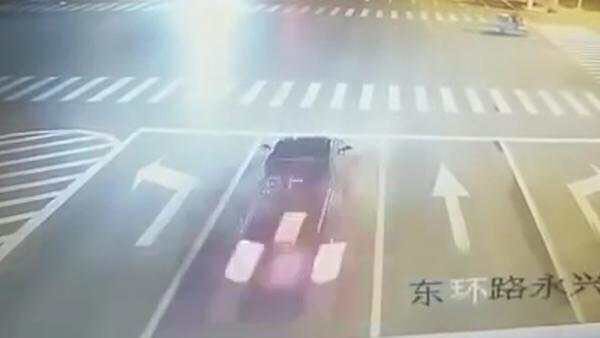
● Longnan county, Ganzhou, Jiangxi Province, an ancient bridge with a history of 500 years has survived the flood peak despite being hit by floods, and its main structure is intact. The local authorities are studying the restoration scheme.
● According to the Xi ‘an Public Security Bureau, a man got his driver’s license and drank with his friends to celebrate. After the party, the man met the traffic police to check the drunk driving after driving for ten minutes, and this "short-lived" driver’s license was cancelled after more than ten hours.
Visual sense
● Since the flood season, affected by upstream rainfall and reservoir flood discharge, the No.2 flood occurred in the upper reaches of the Yellow River this year. The water volume of Hukou Waterfall at the junction of Shanxi and Shaanxi continued to increase, and the roaring Yellow River water rolled down.

● Guangzhou Customs recently seized a live crocodile in the travel inspection channel of Guangzhou Airport Port, which was identified as Nile crocodile by the South China Wildlife Species Identification Center, belonging to the species listed in Appendix I of the Convention on International Trade in Endangered Species of Wild Animals and Plants (CITES).

[sound]
● "The husband is strong and confident, and there is no end to poverty."
— — President of Tsinghua University sent a message to graduates.
● "Too much money? ! Why not listen? !”
— — My parents will spend 9000 yuan to buy a mattress when they sign up for a group trip abroad! My daughter made more than 20 international phone calls.
[face]
● Academician Shen Shuzhong of Nanjing University won the highest international gold medal in stratigraphy at the Third International Stratigraphic Congress. The prize is awarded every four years, and only one person wins each time. Academician Shen Shuzhong is the first Asian scientist to win this award.
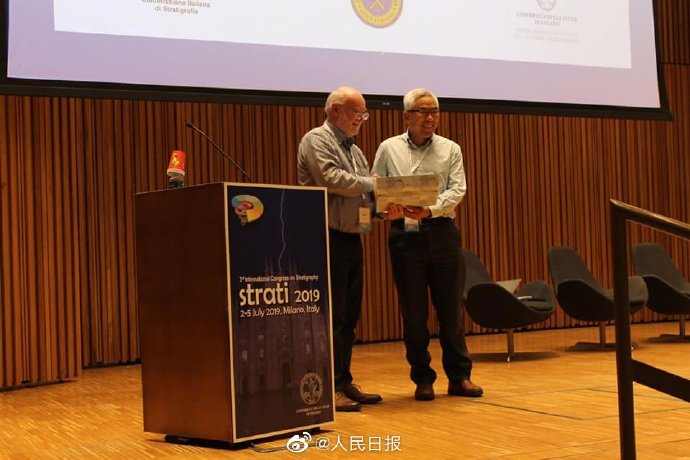
See you at 8 o’clock tomorrow!
Editor: Xiao Xiao













